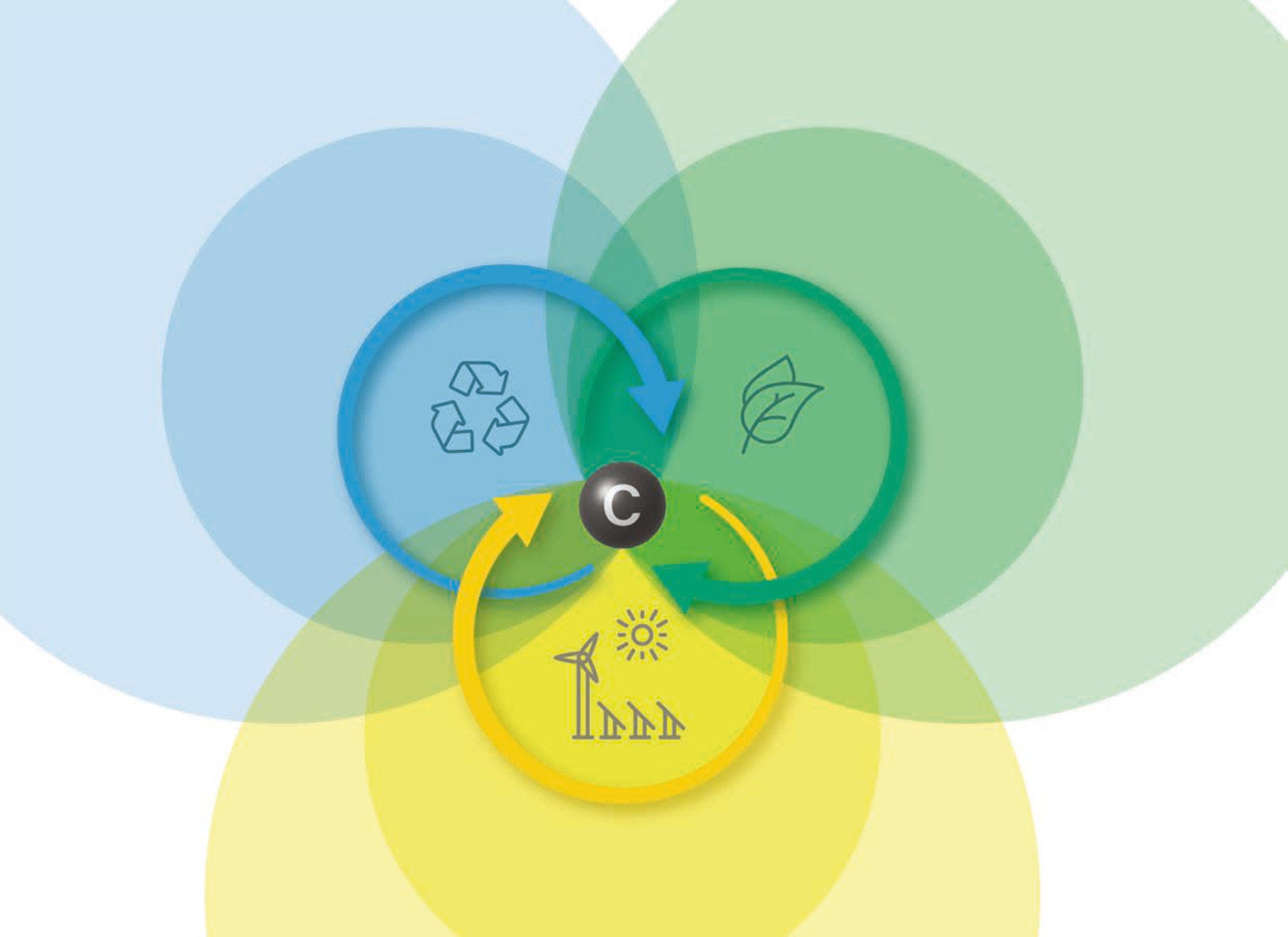This report focuses on relieving pressures on land from agriculture and forestry by enlarging the bioeconomy to include alternative sources of bio-based carbon to complement biomass. In climate policy, most attention and resources has gone into energy and transportation, while much less attention has been given to industry. Yet, reaching net-zero greenhouse gas (GHG) emissions by 2050 requires the action of all countries and all sectors. The IPCC has warned that unless deep greenhouse gas (GHG) emissions cuts occur within the coming decades, limiting global warming to well below 2°C or 1.5°C, as stated in the Paris Agreement, will not be possible.
Energy and transportation can be decarbonised through electrification. Decarbonisation can also happen with hydrogen as a renewable energy carrier, one which can be stored more easily than electricity. For many industrial sectors, however, the term ‘decarbonisation’ can be misleading: industries such as plastics, cement and chemicals cannot do without carbon. In addition, aviation, maritime, and off-road transport have no immediate pathways to net-zero other than sustainable, carbon-based liquid fuels.
In this respect, ‘defossilisation’ would be a more appropriate term, which implies leaving fossil reserves in the ground and exploiting other sources of carbon. This mirrors the ‘renewable carbon’ concept which “entails all carbon sources that avoid or substitute the use of any additional fossil carbon from the geosphere”. Renewable carbon can circulate between biosphere, atmosphere or technosphere, creating a circular carbon economy.
